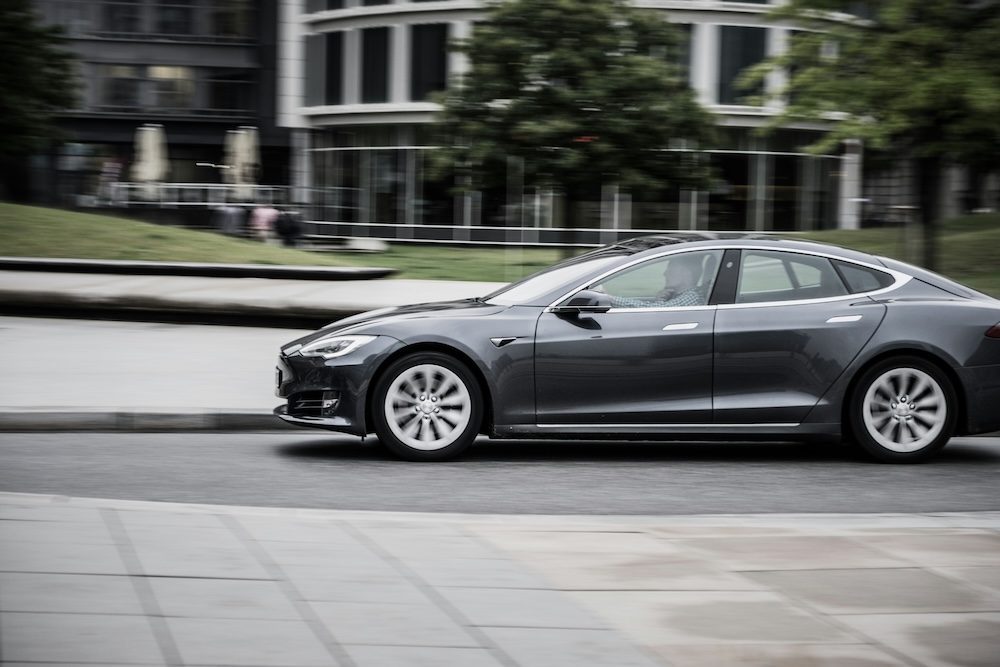Protect Your Tesla: Safeguarding Against Keyless Entry Theft
In 2018, Tesla issued an important advisory to owners of its Model S, Model X, and Model 3 vehicles. The email addressed a rising concern among Tesla owners: the potential for thieves to exploit the cars’ passive entry feature. This feature, while convenient, can be a security risk if not properly managed. Here’s a comprehensive guide to understanding the issue and taking steps to protect your Tesla from keyless entry theft.
Understanding the Passive Entry Feature
Tesla’s passive entry system allows for seamless access to your vehicle. With the key fob in your pocket or bag, the car automatically unlocks as you approach and locks when you walk away. This convenience, however, can be exploited by tech-savvy thieves using relay attacks.
What is a Relay Attack?
A relay attack involves two thieves working together with signal-boosting devices. One thief stands near the car with a relay device while the other stands near the owner's home with another device that captures and amplifies the signal from the key fob. The signal is transmitted to the relay device near the car, tricking it into unlocking and starting the engine.
Tesla’s Recommendations for Enhanced Security
Tesla’s 2018 advisory highlighted several measures owners can take to enhance the security of their vehicles:
- Disable Passive Entry: Owners can disable the passive entry feature through the car’s settings. This requires manually unlocking the car using the key fob, which reduces the risk of a relay attack.
- Use PIN to Drive: Tesla vehicles offer a ‘PIN to Drive’ feature, which requires entering a PIN code before the car can be driven. This adds an extra layer of security, ensuring that even if a thief gains entry, they cannot drive away without the PIN.
- Enable Sentry Mode: Sentry Mode monitors the car's surroundings and records any suspicious activity. It can be enabled through the car’s settings, providing peace of mind when leaving your vehicle unattended.
- Key Fob Protection: Store your key fob in a signal-blocking pouch or faraday cage when not in use. This prevents thieves from intercepting the signal and gaining unauthorized access to your car.
Additional Tips for Tesla Owners
Beyond Tesla’s recommendations, there are other strategies you can employ to protect your vehicle:
- Secure Parking: Whenever possible, park in well-lit, secure areas. Thieves are less likely to target cars in busy, monitored locations.
- Home Security: Install security cameras and motion sensor lights around your home. This can deter thieves and provide evidence in case of an attempted theft.
- Regular Updates: Ensure your vehicle’s software is always up to date. Tesla frequently releases updates that can include security enhancements.
Take Your Cybersecurity to the Next Level
New cybersecurity threats seem to come out every day. That’s why Integritek offers ongoing and proactive IT support. Think of us as an extension of your team. Find help desk support, remote monitoring, network management, email protection, and more with our team.
Ready to get started? Schedule a call.





